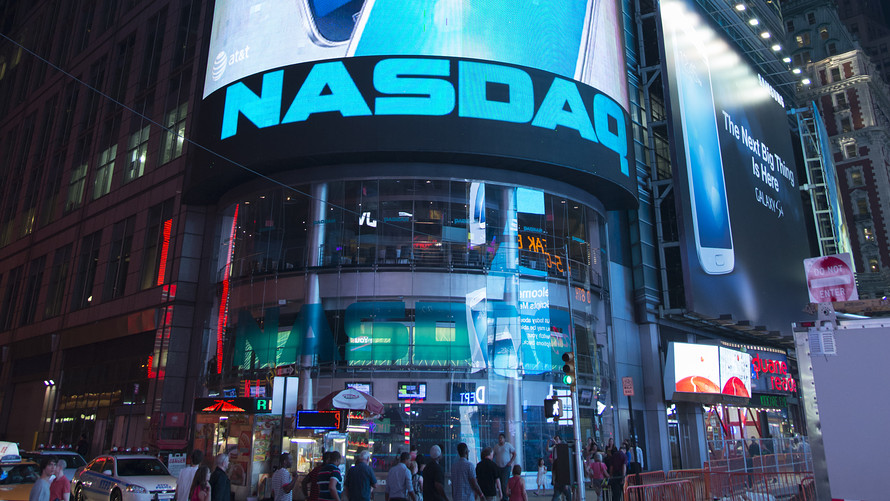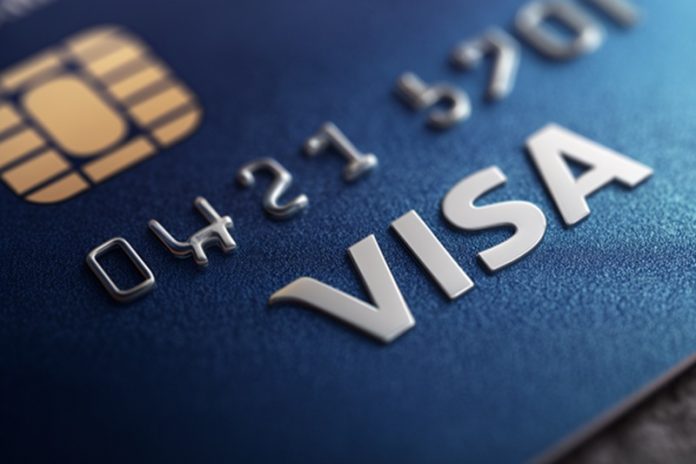Nasdaq filed a proposed rule change with the U.S. Securities and Exchange Commission (SEC) to extend trading hours for U.S. equities and exchange-traded products (ETPs) to 23 hours per day, five days a week.
Approximately 16 hours total across pre-market (4:00 a.m. – 9:30 a.m. ET), regular (9:30 a.m. – 4:00 p.m. ET), and post-market (4:00 p.m. – 8:00 p.m. ET). Proposed structure: Shift to two sessions: Day Session: 4:00 a.m. to 8:00 p.m. ET including existing pre-, regular, and post-market. Night Session: 9:00 p.m. to 4:00 a.m. ET with a 1-hour break from 8:00 p.m. to 9:00 p.m. for maintenance, testing, and clearing.
Trades in the Night Session from 9:00 p.m. to midnight would count toward the following calendar day. The trading week would effectively run from Sunday 9:00 p.m. ET to Friday 8:00 p.m. ET.
Expected launch is around second half of 2026, pending SEC approval and necessary infrastructure upgrades to the Securities Information Processor and clearing systems like DTCC.
Reasons Cited by Nasdaq
The move responds to surging global demand for U.S. stocks, especially from international investors in non-overlapping time zones like Asia.
Foreign holdings of U.S. equities reached about $17 trillion last year. It also aims to compete with 24/7 alternative trading systems (ATS) like Blue Ocean and platforms for digital assets/cryptocurrencies, while positioning Nasdaq for future tokenized securities trading.
This follows similar efforts by competitors, such as NYSE’s approved 22-hour plan and proposals from others like 24X National Exchange for 23-hour trading. The filing (SR-NASDAQ-2025-106) is publicly available on Nasdaq’s site and will go through the standard SEC review process, including public comments.
Positive Impacts on Asian Investors
Nasdaq’s proposal to extend trading to 23 hours per day on weekdays with a Night Session from 9:00 p.m. to 4:00 a.m. ET is explicitly designed to benefit international investors, particularly those in Asia, where time zones create significant misalignment with traditional U.S. market hours.
The Night Session (9:00 p.m. ET Sunday to Friday) corresponds to daytime hours in Asia. For example:9:00 p.m. ET is 9:00–10:00 a.m. the next day in Tokyo/Seoul/Hong Kong depending on daylight savings. This allows Asian investors to trade U.S. equities and ETPs during their normal business hours, rather than late at night or early morning.
Nasdaq highlighted surging overnight demand, “particularly among investors located in Asia” whose business hours do not overlap with U.S. regular trading. Asian investors can respond in real-time to macroeconomic headlines, geopolitical developments, earnings releases, or central bank announcements from Asia/Europe without waiting for the U.S. open.
This reduces “gap risk” — sudden price jumps at the U.S. open due to overnight news. Currently, many Asian traders use off-exchange alternative trading systems (ATS) like Blue Ocean for overnight access, which offer lower transparency and potentially worse pricing.
An official exchange session promises better liquidity, tighter spreads, fairer price discovery, and higher trust/regulatory protections. Expected to attract more global order flow, improving overall overnight liquidity.
Analysts from Pepperstone in Australia note it “brings US stocks into our local trading hours,” enabling real-time reactions and boosting participation. Foreign holdings of U.S. equities hit ~$17 trillion, with growing demand from Asia-Pacific regions like Japan, China, Korea, Singapore, India.
Competitors like NYSE (22-hour plan) and others are moving similarly, signaling a shift toward global 24/5 markets, influenced by always-on crypto trading. Overnight sessions historically have lower liquidity and higher volatility, leading to wider spreads and sharper price swings — risks that may persist initially.
Some industry voices express caution about market stability in thin-volume hours, though Nasdaq plans safeguards like circuit breakers. Overall, the proposal is widely viewed as a major win for Asian investors, addressing long-standing barriers and aligning U.S. markets more closely with global trading patterns.
Implementation is targeted for the second half of 2026, pending SEC approval.






